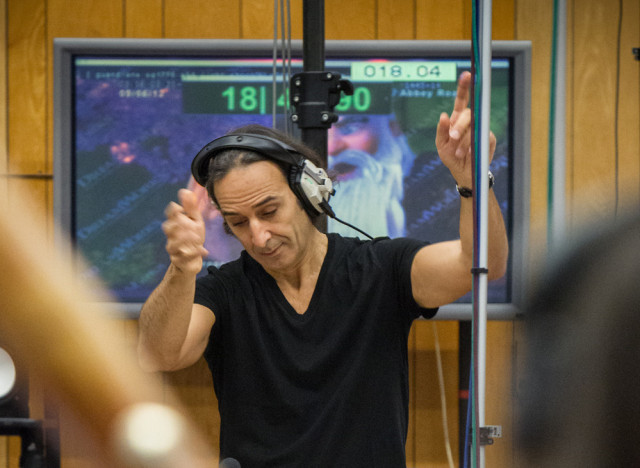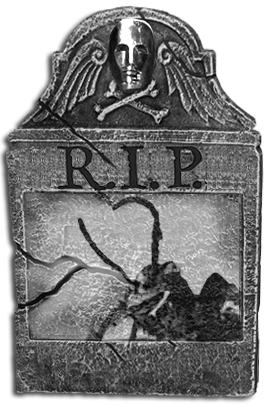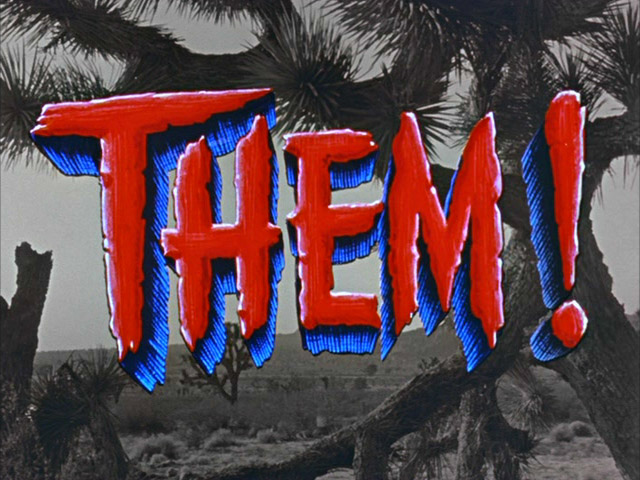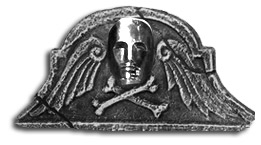Matt here. Earlier, I wrote about Gregg Toland as Teresa Wright’s accomplice in manufacturing the luminance of William Wyler’s 1946 film, Best Years of Our Lives. If anyone is unfamiliar with Toland’s name, you’ve certainly seen his work. He’s the cinematographer responsible for Citizen Kane, The Best Years of Our Lives, Wuthering Heights, and The Grapes of Wrath. He could be considered as much of an auteur as many of the great directors, leaving a fairly recognizable stamp on anything bearing his name. Orson Welles cemented his legacy when he decided to share his title card with Toland at the end of Kane.
Anyway, Toland came to mind earlier and it made me think about how, among his innumerable virtues, his most important skill was his ability to adapt. It’s fascinating to see how his trademarks (deep focus, risky lighting, etc.) shifted to suit whatever director he worked with.
Deep focus existed before Toland, but he taught the world to see it as an extension of the cinematic language. As the best filmmakers do, he used the camera to define the emotional implications of the script. In Citizen Kane, Toland’s methods suggested the deep tragedy of the film and helped the audience to understand Charles Foster Kane merely by looking at him. You could probably watch Kane on mute and still comprehend the characterization.

At his best, Toland told the story with his camera. Deep focus is used to isolate characters in Kane – detailing their proportion to the world around them. Characters occupy different parts of the screen depending their emotional status. But in Best Years of Our Lives, deep focus is used to bring characters together.

By the time The Best Years of Our Lives rolled around, Toland was secure in his technique. His impeccable style and clarity adjusted to combine brilliantly with William Wyler's organizational fixation. When Al returns home and so timidly walks into his own home (after ringing the doorbell, no less), he embraces his wife about 20 feet away from the camera, down a long hallway. They are nicely in focus and so are their children, standing 5 feet away.
By comparing Toland's use of deep focus in Best Years of Our Lives with something like Kane, we begin to notice how his gift wasn't only in choosing lenses – it was in his wisdom of when and how to use them. With Wyler, Toland used the device to synchronize with his organizational instinct and his obsession with neatness. Welles, on the other hand, encouraged deep focus to occupy a component of Kane's megalomania, to follow him down the barrel of the gun. Same method. Two wildly different results.
 Monday, February 18, 2013 at 9:20AM
Monday, February 18, 2013 at 9:20AM  Desplat conducting his Rise of the Guardians score
Desplat conducting his Rise of the Guardians score










